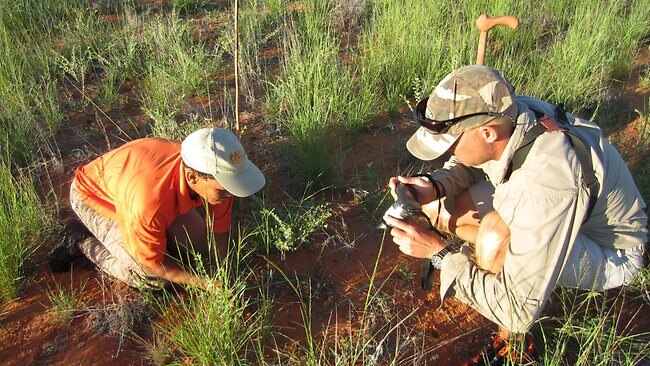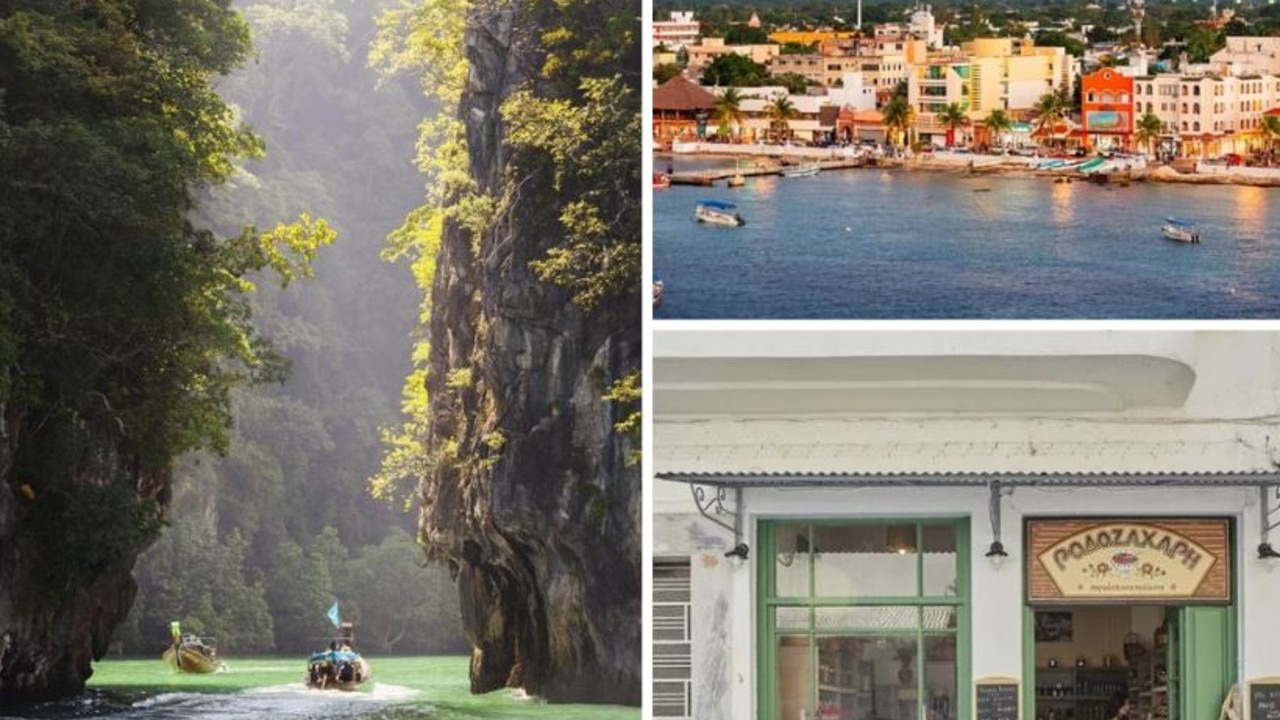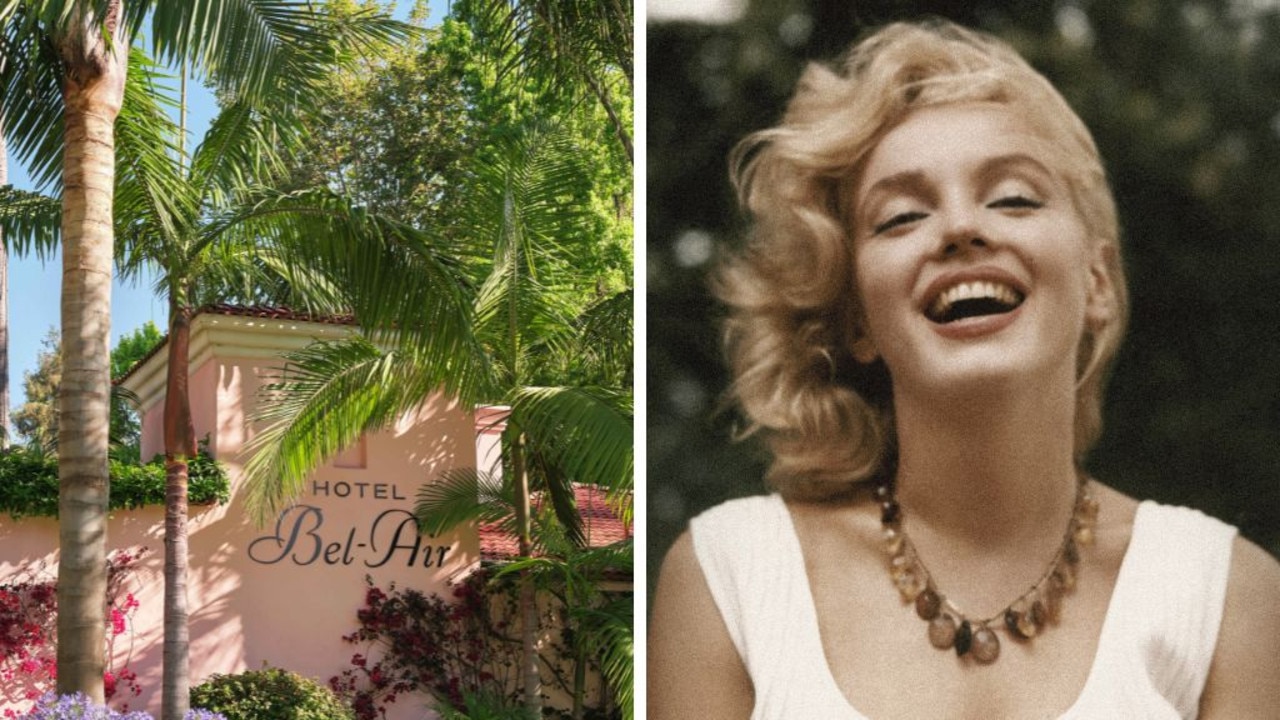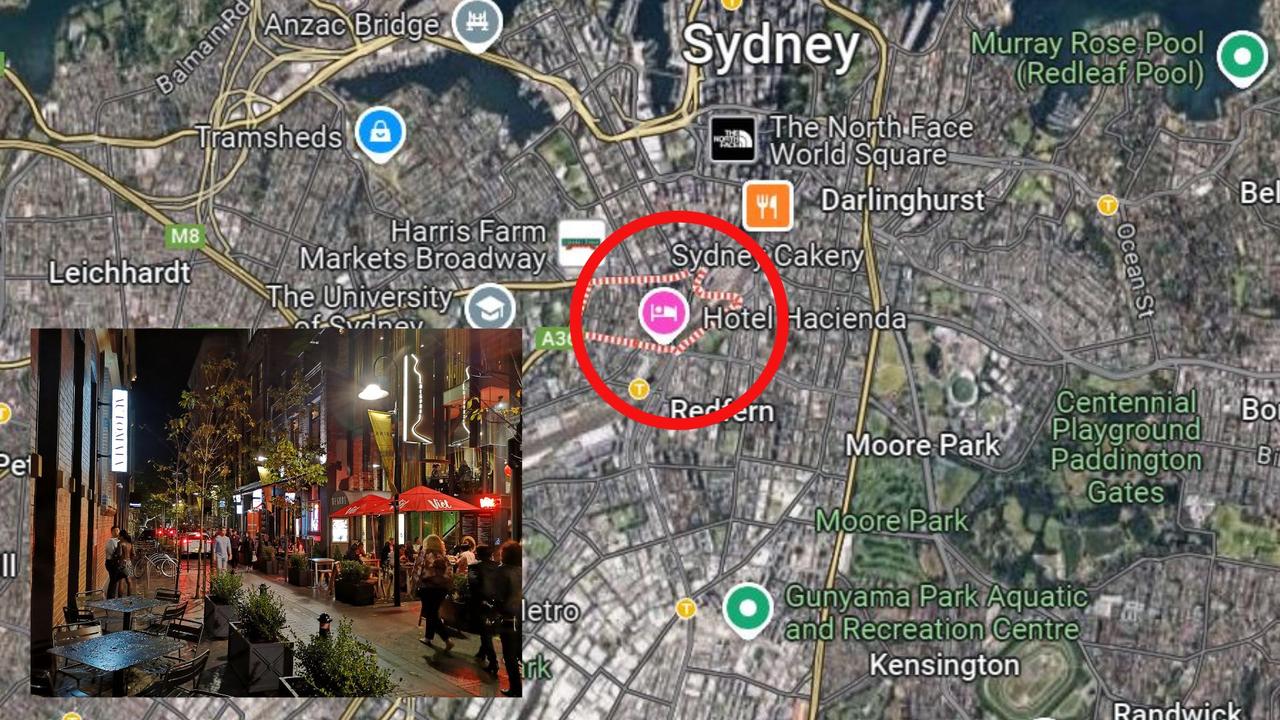Going wild in South Africa
BEING stalked by a black-maned lion in the inhospitable Kalahari desert is a great start to an animal-packed safari, finds Rob McFarland.

SOUTH Africa's Northern Cape is a vast, sparsely populated region that rarely makes it on to travellers' itineraries.
This is a pity as it's home to numerous natural wonders including the stunning red sand Kalahari desert, one of Africa's largest national parks, and the mighty Orange River.
Here are two examples of the adventures that can be had in this remote wilderness.
!Xaus Lodge
"We may only have time for one drink tonight," says our guide as we all stare at the lion slowly advancing towards us. He's still about 200m away but his brother is bound to be nearby, and no one has spotted him yet. What's more concerning is that our off-roader is 20m away and I'm the slowest one here.
Being stalked by one of the Kalahari's black-maned lions is just one of many reasons to make the trek to !Xaus Lodge. And, make no mistake, it is a trek. After flying to Upington, we drove for 2 1/2 hours along rod-straight roads to Twee Rivieren, the entrance to the vast Kgalagadi Transfrontier Park. From here it was another two-hour drive to a pick-up point where we transferred into one of the lodge's off-roaders and crested 91 sand dunes before reaching its welcome embrace.
The reward for all this effort is an unexpectedly luxurious lodge in the middle of the Kalahari Desert.
!Xaus Lodge is on the edge of a heart-shaped salt pan ("Xaus" means "heart" in the local Nama language; the "!" denotes a palatal click) and is surrounded by an undulating ocean of paprika-coloured dunes.
Within this seemingly inhospitable environment lives a thriving eco-system of birds, insects and animals including leopards, cheetahs, hyenas and lions. Shortly before we arrived a lion had killed a brown hyena in front of the lodge and we watched him devouring his kill from the relative safety of the lodge's viewing deck.
I say relative because !Xaus is not fenced, which means there's nothing to stop the animals from coming to say hello. One morning, leopard prints were found leading to and from the swimming pool. As a result, guests are not allowed to walk around after dark and everyone is escorted to and from their chalets at night.
In addition to safari game drives, !Xaus offers early morning dune walks where local bushmen point out animals' tracks and explain the many medicinal properties of the native plants. This interaction with the native communities is a pivotal part of staying at !Xaus.
The lodge came about after a historic land settlement deal in which the government returned 50,000ha to the local San and Mier communities.
Apart from the lodge's managers, all the staff are from these communities, which means you get to experience delicious Mier cuisine at mealtimes and benefit from the bushmen's incredible tracking skills on safari. There is also a re-created bushmen village nearby where you can watch crafters at work and buy handmade jewellery and curios.
The lodge consists of 12 spacious chalets that stretch along a ridge overlooking the salt pan. The decor is appropriately rustic with ochre-coloured cement walls, thatched roofs, large wooden decks and stone-floored bathrooms. Meals are taken communally in an open-sided dining area and there's a small lounge and plunge pool for escaping the midday heat.
The Kalahari doesn't have the same concentration of game as other parks so this is not the place to come to tick off the big five. I found this a relief as it unburdens you of the checklist mentality that can so often develop on safari. It meant I could enjoy the area's diverse animal and birdlife. Highlights included the bizarre-looking secretary bird, which has the body of an eagle and the legs of a crane, and the kori bustard, the heaviest flying bird in the world.
Above all, though, this is a place to revel in the stillness and isolation of staying within one of Africa's greatest desert landscapes.
xauslodge.co.za
Khamkirri
"JUST lift up the leading edge of the kayak and paddle at 45 degrees across the current," says Danie. Easier said than done. To lift up the kayak's leading edge, I have to lean precariously to the left, which leaves me with a knife-edge of kayak to balance on. I then have to maintain this position while paddling and somehow staying in a straight line.
The manoeuvre is called a "ferry crossing" a method of crossing a river in a kayak without the current grabbing you and flipping you over. Ferries make it look easy. I'm making it look extremely difficult.
Eventually I get the hang of it, along with peeling in the process of moving from a calm eddy back into the main current and the wet exit, at which I'm quite the expert by the end of our session.
Lesson over, it's time to put it into practice on a 3km section of the mighty Orange River. Admittedly, this part only contains a couple of mild grade 2 rapids but that's exciting enough when you're in a highly sensitive whitewater kayak, and you have the balance of a newborn foal.
Kayaking is one of many activities offered by Khamkirri Lodge, an adventure lodge on the banks of the Orange River, 110km from Upington. Whitewater rafting, quad biking, horse riding, mountain biking, fly fishing and hiking can all be done nearby.
Run by affable husband-and-wife team Danie and Philippa van Zyl, the lodge is set within 360ha of grounds, on which roam ostrich, springbok, zebra and wildebeest.
There's a range of accommodation from campsites and permanent tents to secluded self-contained brick chalets, all with river views.
There's a large communal open-air lounge and bar, and a restaurant serves exactly the sort of simple but hearty meals you want after a day spent in a raft or on a bike.
The Orange River is the lifeblood of this region, providing water for the thriving wine industry that flourishes on its banks. Many cellars offer tastings and tours and you can pick up a decent bottle for $5.
The area also produces table grapes and raisins, which can be seen drying on huge concrete slabs between February and March.
While the river meanders peacefully past the lodge, it's a different story 15km downstream. Here it narrows into a rocky gorge before plunging 56m over a precipice to form Augrabies Falls. From there it sweeps through Augrabies Gorge, an incredible 220m-deep, 18km-long Grand Canyon-esque ravine. You can see the falls and the gorge from viewing platforms within Augrabies Falls National Park and on the day I visit, I am the only one there.
If Augrabies Gorge was anywhere else in South Africa, it would be mobbed with tourists. Sure, it's an effort to get there but the chances are that when you do, you'll have the place to yourself.
khamkirri.co.za
The writer was a guest of South African Tourism.
Go2
SOUTH AFRICA
- Getting there
Qantas, South African Airways and Emirates all fly to Johannesburg from Australia. qantas.com.au; flysaa.com; emirates.com.
Airlink flies from Johannesburg to Upington. flyairlink.com
More: southafrica.net



